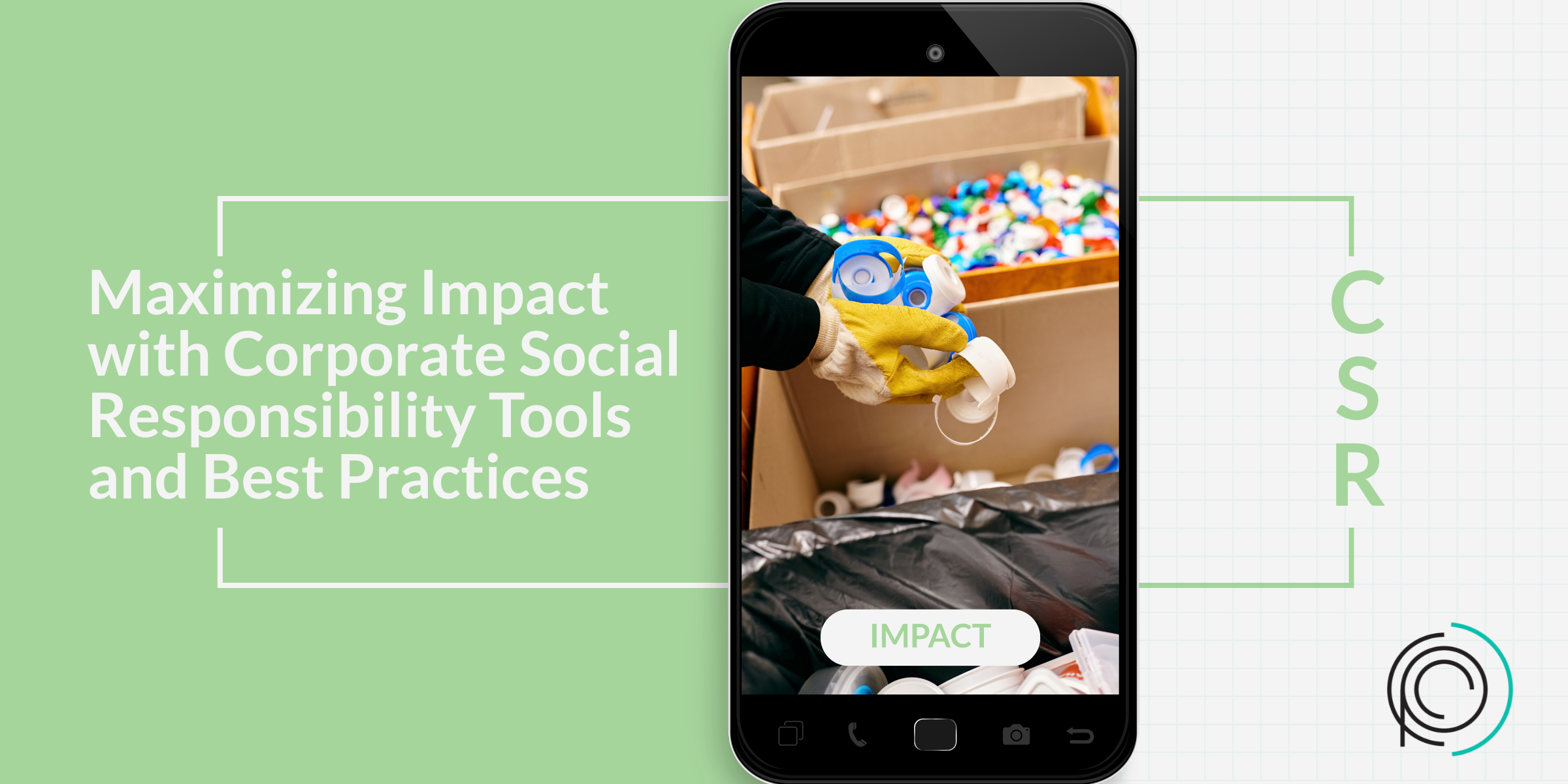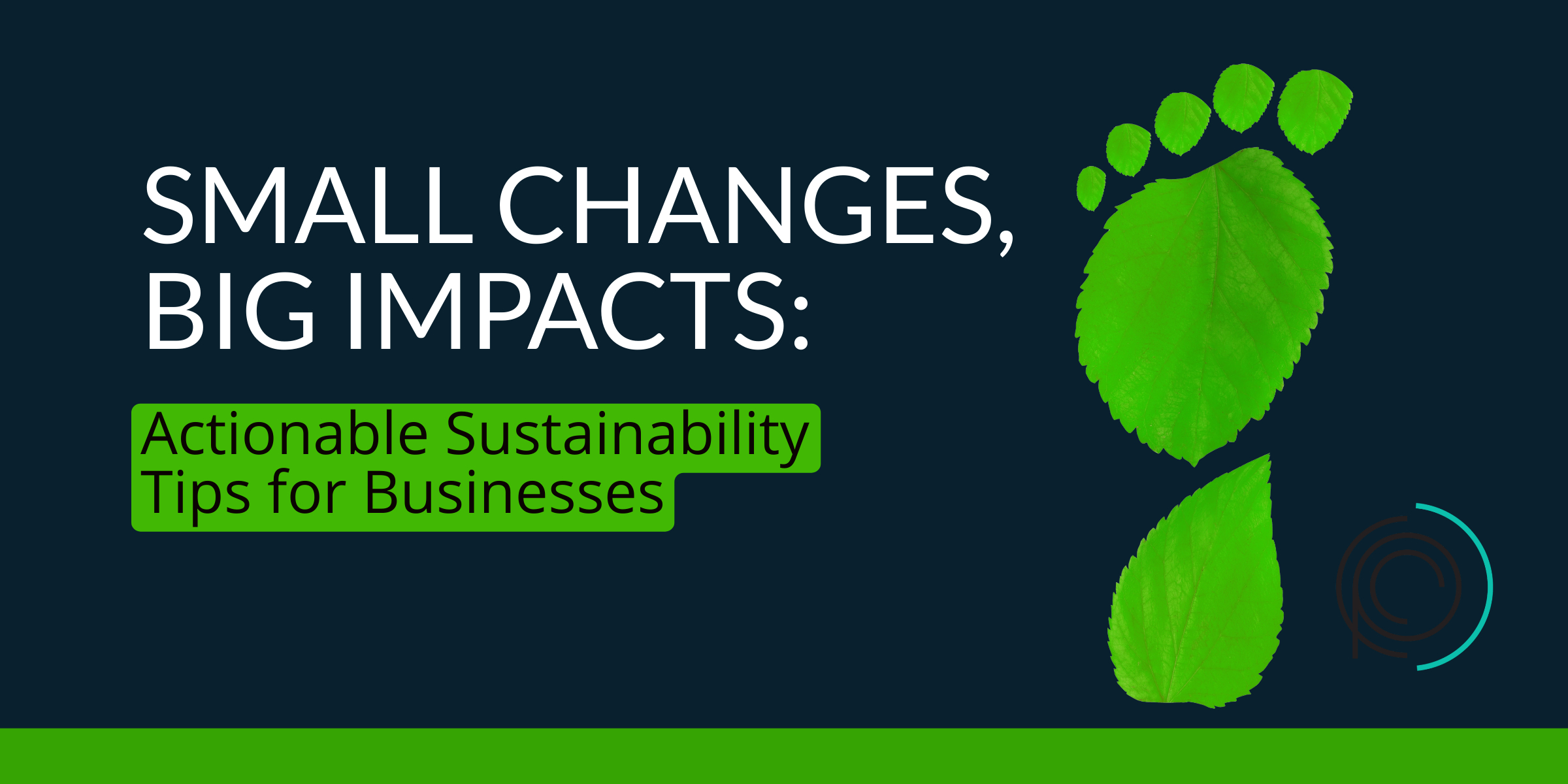Strategic Technology Selection: The Importance of Process and Technology Stack Mapping for Business Growth
When it comes to picking tools for your technology stack, an intentional, fact-based approach will prove to be invaluable in the long run. Technology should fit your organization’s needs and provide a platform for your business to grow and scale – it’s this role that process and technology stack mapping play in technology selection. We start with what the actual problem is, before thinking about what technology we will implement.
Unfortunately, organizations sometimes take an ad-hoc approach to technology stack curation, choosing to pursue flashy features at the expense of the company’s and its employees’ specific needs. When technology is not stacked, or integrated with one another, it can become a limiting factor in a company’s processes, stunting growth and costing thousands in financial losses.
If you’re saddled with building the technology your organization needs to run an efficient business, this article describes the value that process and technology stack mapping can bring. In addition, we explain how to pick tools for an effective technology stack that considers where your single source of truth is and the major considerations that should direct your process.
What is process and technology stack mapping?
Process and technology stack mapping involves a deliberate practice aimed at understanding and optimizing a company’s business processes and technology stack. Business processes involve multiple sequences of activities that, taken together, constitute the entire work your organization does to meet its goals or set targets.
Process mapping methodically breaks each process down with a diagrammatic representation of the steps involved. It graphically represents what tasks are performed, who does them, and how they are performed to identify inefficiencies and eliminate them. This leads to a streamlined and efficient workflow, saving time and resources.
On the other hand, technology stack mapping is the process of identifying, organizing, and aligning the various technologies used in an organization. It involves examining each component of your technology stack and understanding how they work together to support business processes. By visualizing the flow of data between different systems, organizations can identify any gaps or overlaps in their technology stack and make informed decisions about which tools to keep, replace, or integrate.
Why is process and technology stack mapping important?
Process and technology stack mapping are crucial steps in selecting the right tools for your organization. By gaining a comprehensive understanding of your business processes and technology stack, you can identify areas for improvement and optimize them for better efficiency, cost savings, and growth.
Furthermore, process and technology stack mapping can also help organizations make better decisions when it comes to adopting new technologies. By understanding the current state of their processes and technology stack, companies can assess whether a new tool will fit seamlessly into their existing systems or create complications and redundancies.
As for technology stack mapping, the ultimate goal is achieving maximum fluency in how the tools in your technology stack complement business processes and interrelate. When it comes to your work, no single tool brings a one-size-fits-all solution to all your needs. Therefore, you’re likely to rely on multiple tools for your daily operations.
Technology stack mapping ensures that you employ the right tools that fit your business processes, business requirements, and business workflows. It does this by highlighting the different technologies used in your company, their functionalities, and their roles in your daily work.
Process and technology stack mapping combine to ensure that your teams have access to the most effective technology and that these technologies are delivering maximum functionality to your people and business.
How process and technology stack mapping work in organizations
Naturally, the various departments and business units that make up your business need technology to operate, record, and manage client information. Finance will employ its QuickBooks or Sage, while project management or sales will work with comprehensive solutions like MRPs or CRM systems.
Process and technology stack mapping ensures that each department has the correct tools that complement and enable their work, but also allows the ability to share specific information with complimenting systems for reporting or managing client information. Further, since each department will likely employ more than one tool or a collection of them, technology stack mapping ensures these tools are complementary and, crucially, integrate seamlessly into the broader organizational technology stack.
Here are some of the different technology stacks you’ll likely employ for various business functions:
- Marketing: Your marketing team will rely on email automation software and a CRM system. Likewise, they’ll likely leverage Content Management Systems, lead generation tools, and analytics software.
- Advertising: In advertising, you’re likely to see search engine marketing tools as well as managing the budget and content creation for those campaigns.
- Sales: It’s common for sales teams to leverage CRM systems and sales enablement tools, meeting scheduling software, and VoIP or call tracking applications.
- Legal: Your legal department will rely on contract management, document management, client or contract management, time management, and scrubbing metadata tools.
How these software tools feature in your technology stack and business processes depends on the specific role they are brought in to manage. When looking to add a tool to your operations, it’s important for you to understand what you are purchasing, how the information that will be stored in that system will be used, and what other systems should have access to some or all of that information. Technology should serve multiple purposes and the information we are looking to measure and monitor should be shared across multiple platforms. We refer to that as the single source of truth.
Key considerations for building an effective technology stack
Building a technology stack that works effectively with your business processes requires careful thought and consideration. Here are some key points to keep in mind when selecting tools for your technology stack:
- Compatibility: Ensure that the tools you choose can seamlessly integrate with each other and with your existing systems.
- Functionality: Each tool should serve a specific purpose that aligns with your business needs and processes.
- User Friendliness: Your teams will be using these tools daily, so it’s important to select ones that are easy to learn and use.
- Data Security: With the increasing threat of cyber attacks, it’s crucial to choose tools that have robust security measures in place to protect your sensitive data.
- Cost-effectiveness: Consider the cost of each tool and its value to your business processes, as well as any potential long-term costs such as maintenance or upgrades.
By carefully mapping out your business processes and technology stack, you can ensure that they work in harmony to optimize efficiency and productivity within your organization.
“Every problem is a gift—without problems, we would not grow.”
– Anthony Robbins
How to choose tools for your technology stack
Successfully curating a functional and effective technology stack depends on diligently mapping company needs and goals to available functionalities. To pick the best apps and software for your teams, consider the following steps:
- Audit your current technology stack: Ideally, you should know the tools you use and their role before adding new ones. If you’re just building your technology stack, an audit will also be vital to identifying how technology will aid your business. Start by outlining your business processes and the applications each team will need or currently uses for daily operations. This will include your Shadow IT.
- Identify gaps and inefficiencies: You’ll immediately see areas where teams may be missing a tool, experiencing bottlenecks, or implementing manual workarounds due to technology that you have outgrown or lack appropriate solutions. Note these gaps and inefficiencies are to be addressed as one issue with multiple layers.
- Engage with team members: Next, you’ll want to engage with your team, the end-users of these tools. Find out where the tools in your technology stack are hindering them from getting work done or causing them to create manual workarounds in order to proceed.
- Identify new or better tools: With your findings, you already can reasonably tell whether your current technology stack is optimal or whether there’s room for improvement. You’ll want to move next to identifying what tools can do the job better, and working with your team members will also be pivotal here. This exercise will require business requirements and some input from your team. Remember you need to follow business requirements first as you can easily get dazzled by features or great presentations.
- Pilot new software tools: Once there’s consensus on a tool that meets both your company’s needs and financial budget, it’s time to pilot the new tool. It’s worth noting that a comprehensive pilot can take months, so be prepared to give everyone the time they need to learn the new software.
- Measure business impact: Your job doesn’t end with deciding what tools have passed the pilot and are ready for adoption or integration into your technology stack. You should continue to monitor those tools on an ongoing basis. Measure their business impact and whether they have improved business outcomes and employee productivity.
When done properly, process and technology stack mapping can help unleash your business processes for sustained growth and success. However ill-suited tools and underutilized software only constitute mismanaged finances and overall hindered productivity. Inadequate software can create a stressful environment for everyone. To ensure you’re off to a great start or have the tools to curate an effective technology stack, contact an experienced process optimization expert who can evaluate your current task and help identify opportunities for improvement.
Still have questions? Take advantage of the resources on our blog and resources page. If you’d like to discuss how technology stack mapping can help your business contact one of our experts today for a no-obligation consultation.







